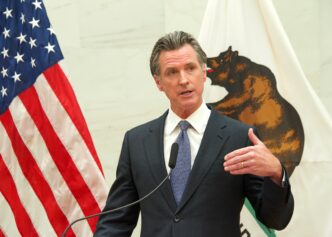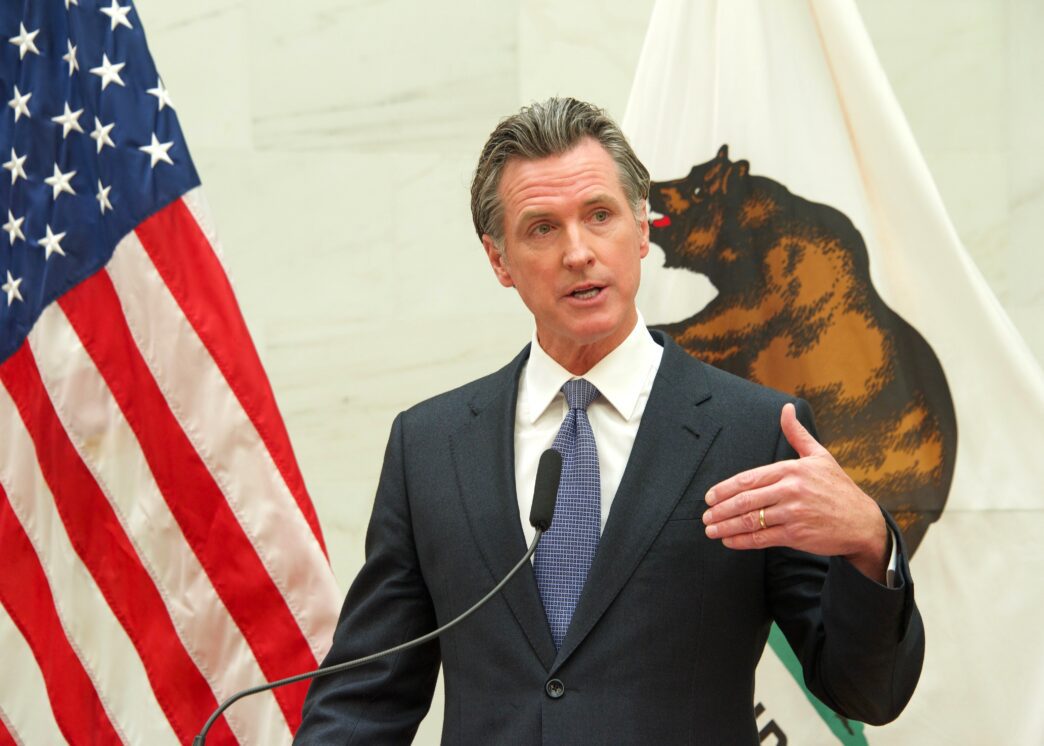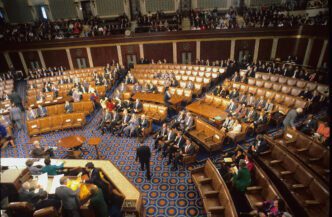Executive Summary
The Story So Far
Why This Matters
Who Thinks What?
California voters have approved Proposition 50, a ballot measure championed by Governor Gavin Newsom to redraw the state’s congressional maps, a move projected by CNN’s Decision Desk to enhance the Democratic Party’s prospects of securing control of the U.S. House. The measure, passed on November 4, 2025, aims to create five new U.S. House districts more favorable to Democrats, replacing lines previously drawn by an independent commission.
This initiative is part of a broader national redistricting effort ahead of next year’s midterms. The California measure follows actions by Texas Republicans, who redrew their own maps to shift five U.S. House seats to the right at the behest of President Trump.
Governor Newsom’s Role
Governor Newsom heavily invested in the campaign for Proposition 50, positioning himself as a prominent adversary to President Trump. He made himself the face of the campaign, appearing in ads and leveraging his political future to raise over $100 million for the ballot measure committee.
Newsom, a term-limited governor, has been seen as a potential 2028 presidential candidate. His significant financial and political commitment far outpaced the opposition’s fundraising efforts.
Opposition and Arguments
Opponents of Proposition 50, including wealthy GOP donor Charles Munger Jr., argued the measure was a Democratic “power grab.” Munger, who bankrolled the constitutional amendments that created the state’s independent redistricting commission, poured over $30 million of his own money into the effort to block the proposition.
Former GOP Governor Arnold Schwarzenegger also publicly opposed the measure, urging Californians to “terminate gerrymandering.” The Republican-led opposition, which included the California Republican Party and a group led by former House Speaker Kevin McCarthy, faced internal divisions and fundraising shortfalls.
Democrats made Trump a central part of their campaign strategy, aiming to politicize the race and capitalize on their party’s substantial voter registration advantage in California. Republicans, conversely, focused on Newsom, asserting that the ballot initiative was an attempt to boost his future political ambitions.
Electoral Impact
The newly approved maps will remain in effect through the 2030 election cycle. Under these new configurations, five Republican incumbents have been placed into districts with a stronger Democratic lean.
Several Democratic candidates have already announced their intentions to challenge these seats, anticipating the more favorable electoral landscape created by the redistricting.








